Biblical Rain and Lingering Hurricanes
How we finally came to understand storms along the Gulf Coast
It was a normal summer day in Fort Wayne, Indiana when I took my kids to the mall for a quick shopping trip. Storm clouds had been gathering in the distance, but the forecast didn’t seem to indicate dangerous weather. However, as I pulled into the JCPenney parking lot, the wind picked up, blowing dust and squealing a warning that forced me to run inside with both of my small children.
Sirens sounded, people inside the store sought shelter, and we waited. By the time I headed home, tree limbs and electrical lines were down along our route. Our house still had power, but we would discover a few days later that our neighbors across the street had been without power since the storm hit. I was in my mid-30s and despite years of living in the Midwest, it was my first real brush with incredibly dangerous weather.
Then we moved to Southeast Texas.
Almost immediately after I had accepted the job in the Houston area, we watched from the safety of our Fort Wayne home as floodwaters rose throughout Harris County. The “Memorial Day Flood” dropped up to eleven inches of water in parts of the city, all within a nine-hour span. I wrote to one of my good friends living in Houston, asking if we had made a mistake. He assured me that we hadn’t and that we could definitely find a house that wasn’t in a flood zone.
Except, over the six years that we lived in Houston, we discovered that urban sprawl and climate change are slowly turning most of Harris County into a flood zone.
We used the Memorial Day flooding as a gauge for which neighborhoods to avoid looking at as we searched for a house. We put an offer on one apparently safe house that was rejected (more on that house later) and eventually bought a house that we could be confident hadn’t experienced any flooding in recent memory.
Then, in October, the same weekend that we were supposed to be going on our first Texas camping trip, tropical disturbances in the Gulf brought in severe storms that convinced us to stay home. We accidentally left a bucket in the yard and by the time the storms were done, we measured at least ten inches of rain. We had never seen anything like it, but we would quickly discover that torrential rains were going to become our norm.
The following spring we experienced significant Gulf Coast rain leading up to Spring Break, which changed our initial camping plans when I-10 at the Texas/Louisiana border got shut down. Then in April, we experienced the “Tax Day” flood, which shut down our schools for at least two days as major roads closed due to flooding. Then Memorial Day weekend, while my baby sister and brother-in-law were visiting, they witnessed a few hours of southeast Texas rain for themselves, helping us open the gate next to our house so the water could flow freely to the street instead of being backed up to our foundation.
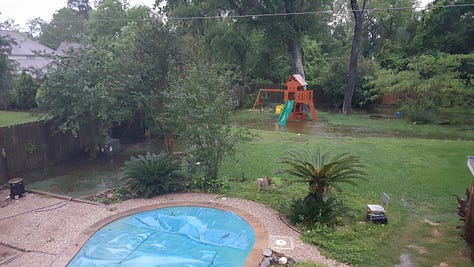
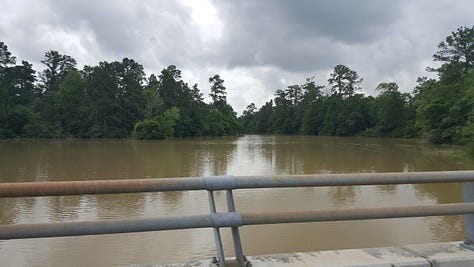
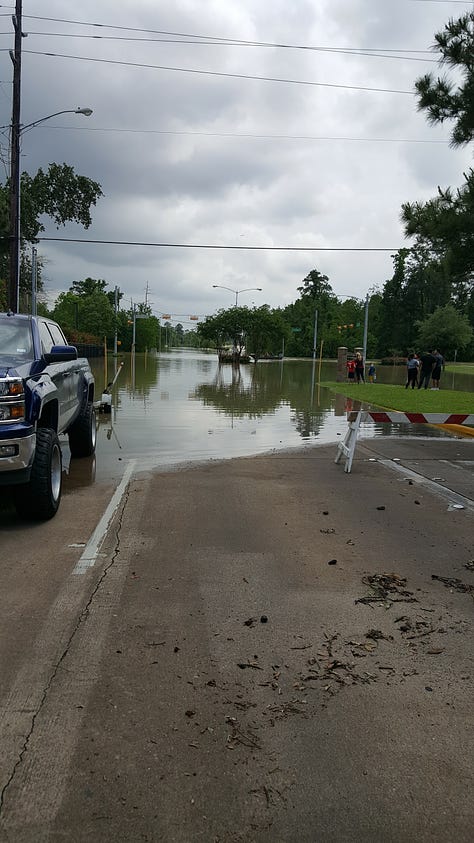
Even video can’t fully capture the intensity of a Houston rain, as this video from the “Tax Day” flooding rain shows.
Over six years, we learned to accept the extremes of weeks and sometimes months of extreme heat and humidity but no rain, and then torrential rains that flooded streets and sometimes houses. But nothing compared to our first—and only—hurricane while we lived in Houston.
To be fair, by the time Harvey reached Houston, it had lost Category 4 strength and weakened to a tropical storm. But then it sat over us for three days, dumping more rain than I had ever experienced in my entire life. (You can read the WordPress blog post that I wrote about that experience here.) As two Midwesterners who had experienced violent thunderstorms, we thought we were prepared for at least a little of what we would experience, but we weren’t ready.
After years of watching people prepare for blizzards, we thought we understood the grocery run on supplies, but we weren’t prepared for stores to be completely cleared of bottled water and cleaning supplies. We discussed what we would need to do in case tornados formed and we had to head for our hall closet, but were thankful when tornados hit other neighborhoods instead. We mentally prepared for the power to go out, but then worried about how long we would have to run the generator when our neighborhood finally did go dark. And then we watched on the news as the entire Texas Gulf Coast suffered in the aftermath of Harvey’s destruction.
While our house didn’t flood, water did seep in under the door in the back office and into our neighbor’s bedroom and laundry. Our house was safe, but flood waters covered part or all of the first stories of houses a half-mile away in three of four directions. And that first house that we had put an offer on in 2015? Its entire first floor was flooded by the second day of rain.
After a lifetime of not giving the impact of hurricanes much thought, we finally understood just how destructive they could be.
My aunt, from the relative safety of San Antonio, criticized our Democratic mayor for not evacuating the city of four million people earlier, but I pointed out that the flooding that hit the city would have left cars—and their passengers—on crowded interstates covered in water fighting its way to the Gulf. Less than a year before, Jeff and I had driven from Houston to New Orleans to celebrate our anniversary, and as we drove along the I-10 corridor, I tried to imagine thousands of extra vehicles that had left New Orleans to drive toward Houston to escape Katrina. I finally fully understood that escape from fast-approaching storms was part privilege (in the form of having a vehicle to escape with) and part chance (in getting out before the Interstate was completely gridlocked with vehicles).
We got lucky, so to speak, in the six years that we lived in Houston. Harvey was terrible, but we never suffered a direct hit while we were living there. Our friends kept referring back to Ike, because for many of our Midwestern transplant friends, Ike was their first hurricane experience. Our point of reference will always be Harvey.
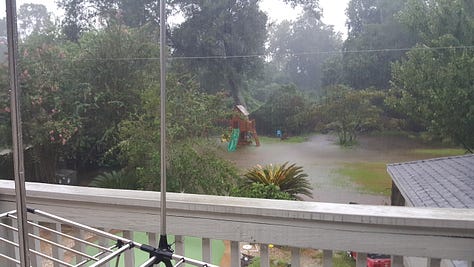
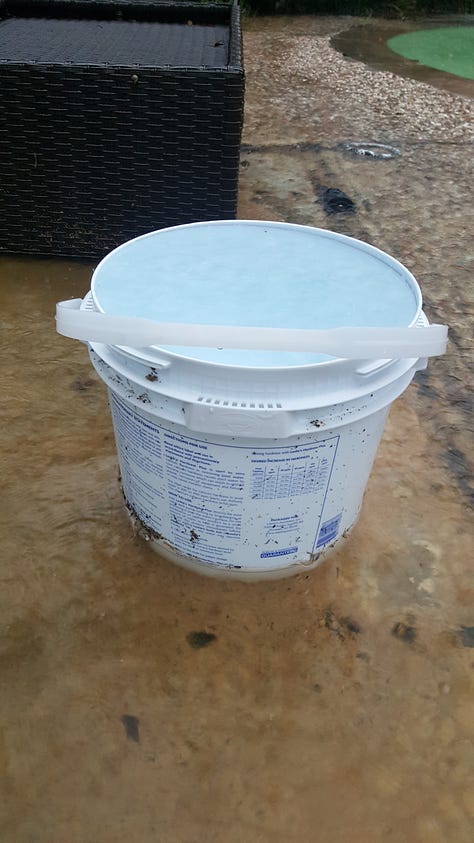
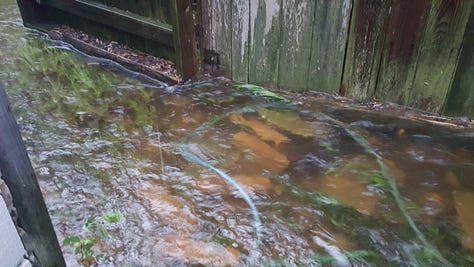
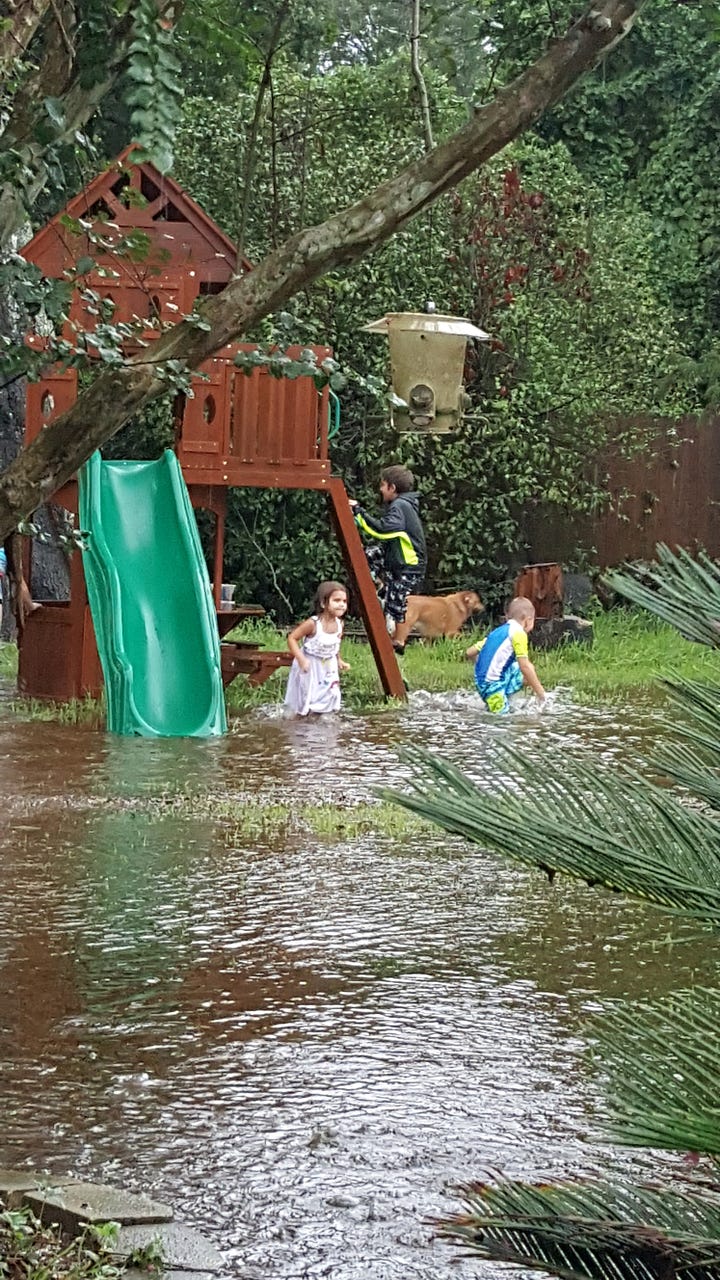
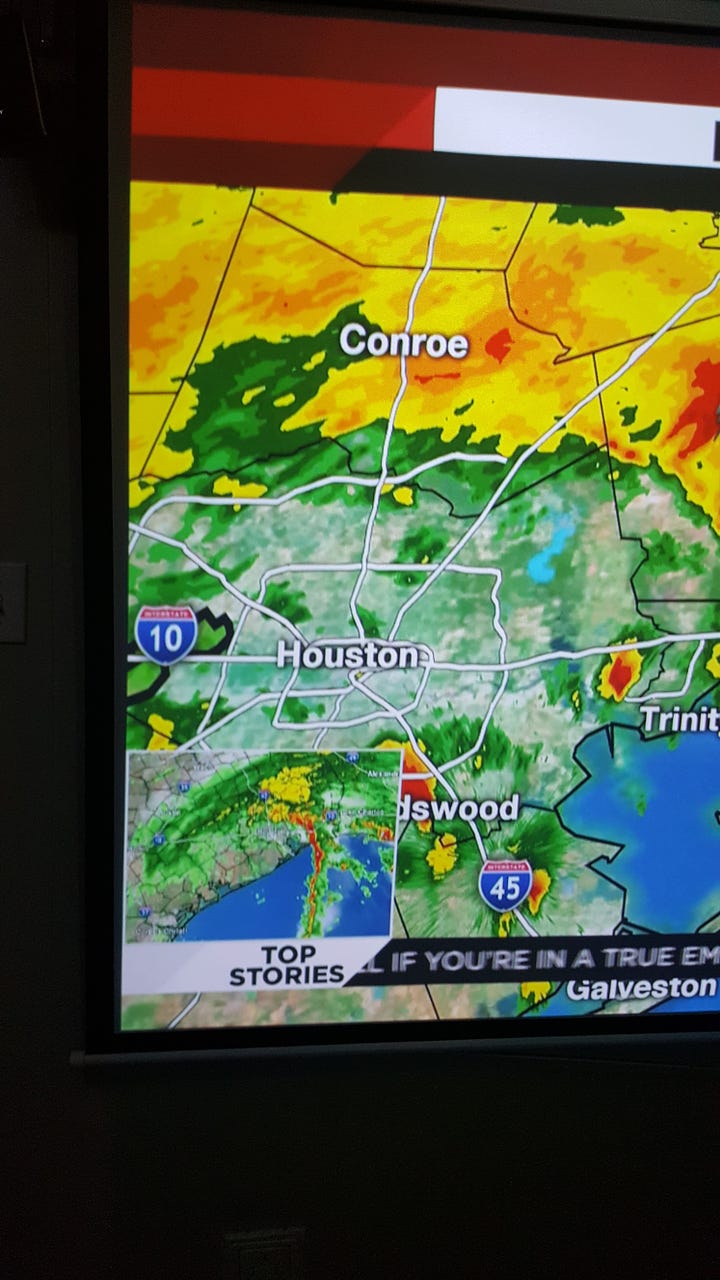
My husband keeps reminding me that we no longer live along the Gulf Coast, that I no longer have to look at weather forecasts of tropical disturbances with a sense of dread. But now I know what it means when the Gulf of Mexico is warmer than usual. I still pay attention to the weather reporting of Travis Herzog on Channel 13. I’ve seen and loved places along the coast and now I know the destruction that could hit with a building storm or wobble in air and ocean currents.
And despite the politics that non-Texans see coming out of the state, the majority of Texans understand the cost of climate change more than people give them credit for. They’ve seen the changes in extreme weather. They know that something isn’t right. And they keep preparing for the next “historic” flood or hurricane season. But people keep moving to the coast. Builders keep putting up roads and concrete jungles that leave nowhere for the water to go as it fights its way to the ocean. Texans living along the coast face many of the same infrastructure challenges that people in every other region of the country face. The challenge has been and continues to be finding a better way to do it.
I could criticize leadership and the citizens who put those leaders into power, but instead I feel for the people who love the region and don’t want to leave, who have family that they cannot leave behind, and some who simply don’t have the means to pick up and start over somewhere else. I get why they settle there. I get why they stay. And I wish for solutions to storms that form without any concern for the humans impacted.
Because, despite their stubborn independent streak, Texans are still Americans, and most are doing the best they can.
Support my writing
While most of my work here is free for all subscribers, it is still a labor of love that I fit into the few hours I have when I am not teaching or being an attentive wife and mom. If you would like to support my writing but you do not want to commit to being a paid subscriber, please consider one-time donation.
You can also support me by ordering my book or books from my favorite book lists at my Bookshop.org affiliate page.
If you want to be a regular supporter, you can upgrade your subscription from free to paid and get occasional content only for paid subscribers.
And thank you for supporting my journey 💗




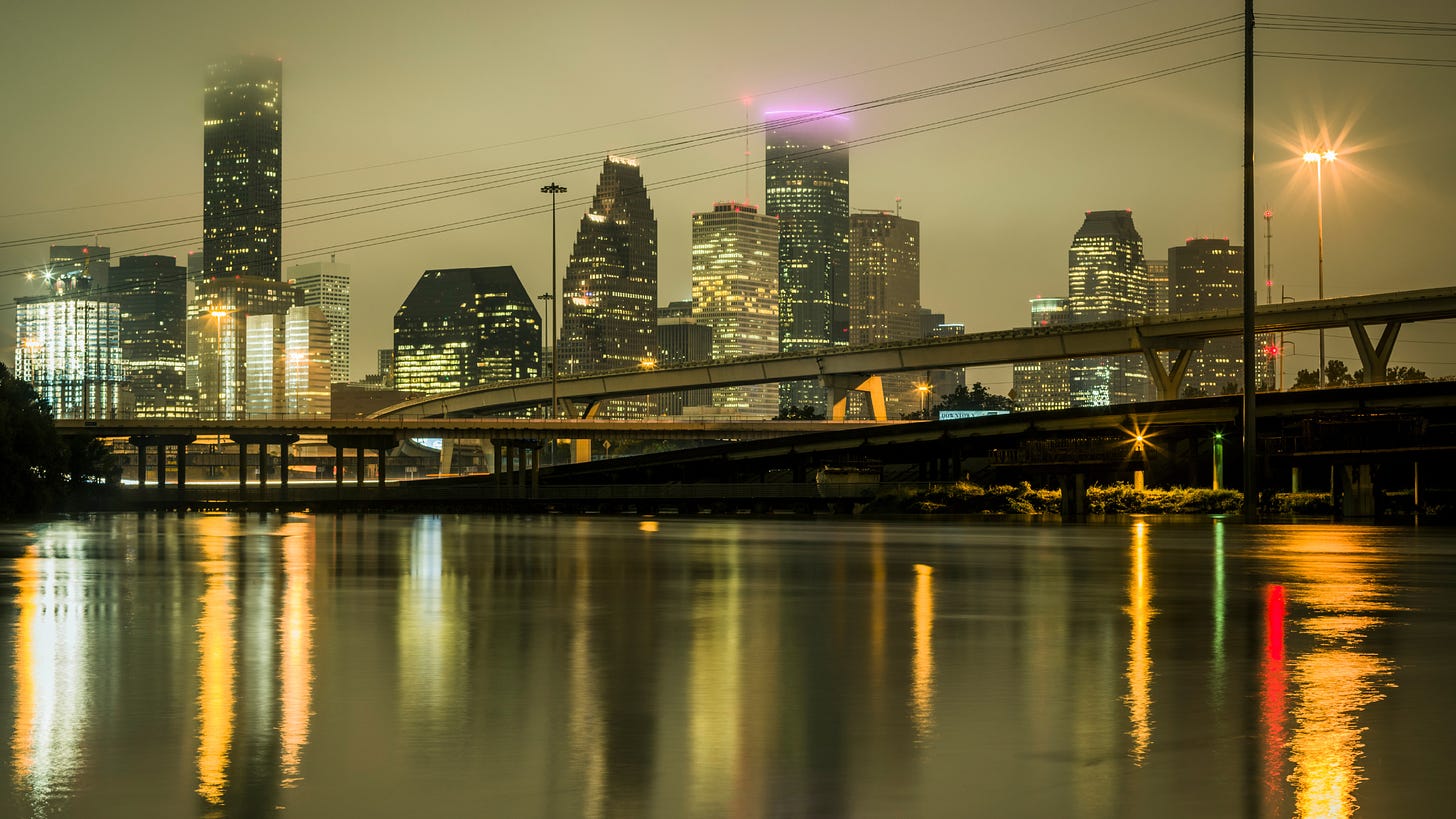
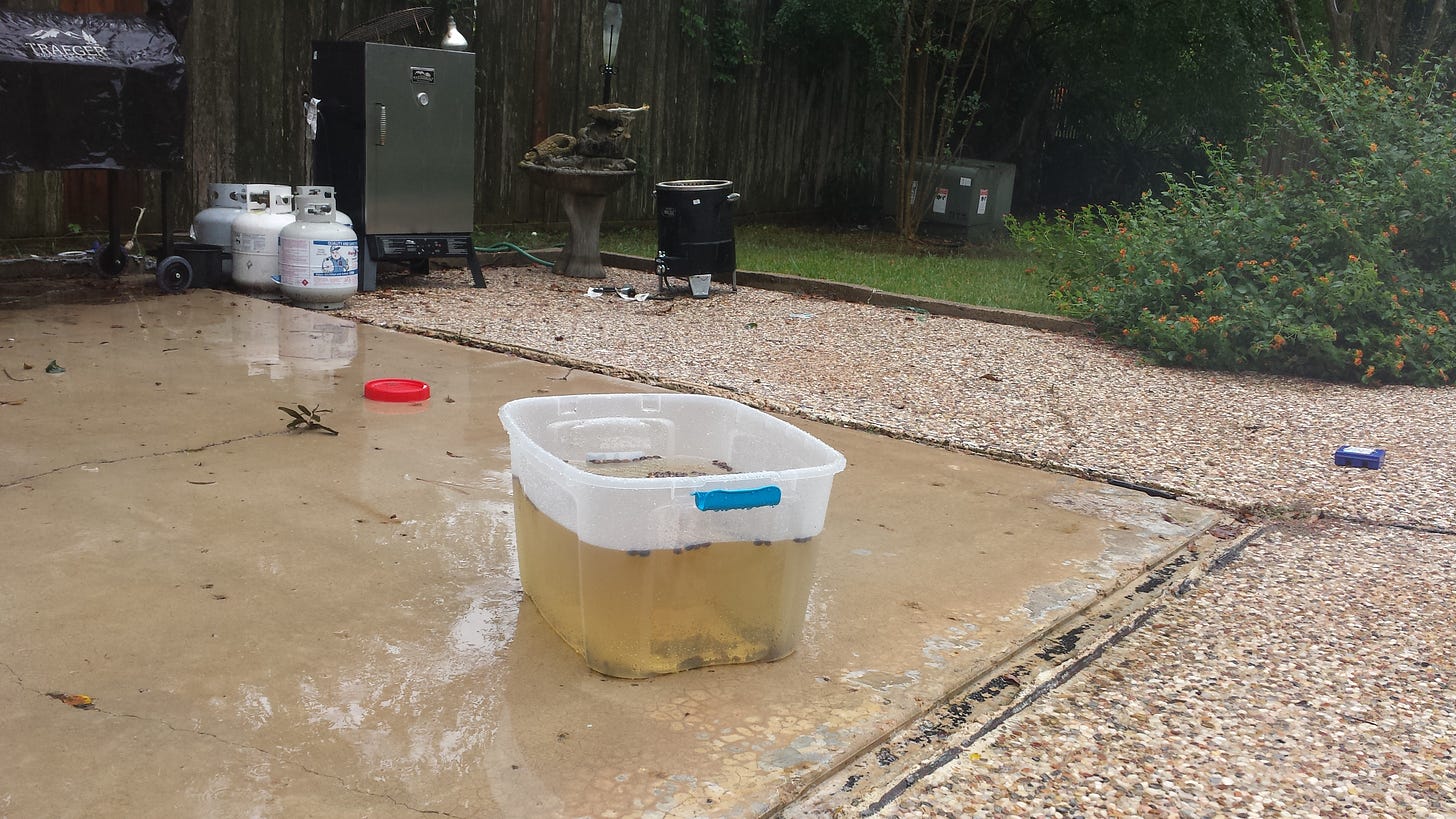
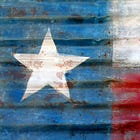
Living in an area prone to severe weather events isn't just about politics; it's about resilience and the profound connection people have to their homes and communities. Your post serves as a powerful testament to the Texans spirit in the face of adversity.
Really enjoyed reading this.